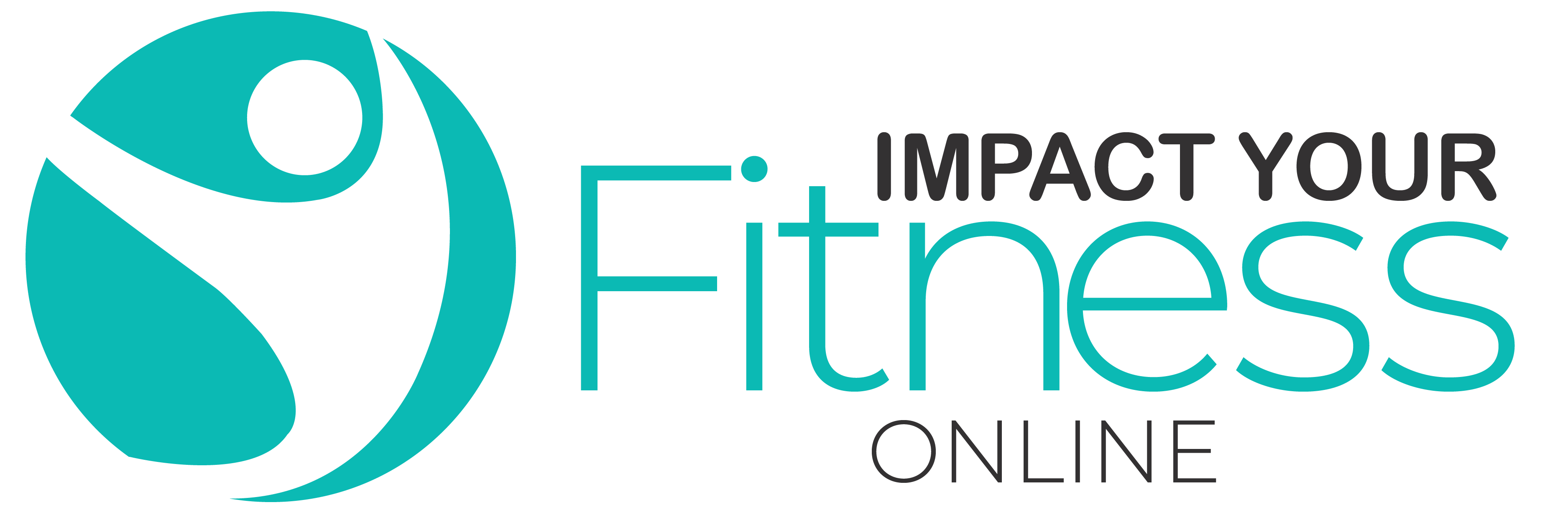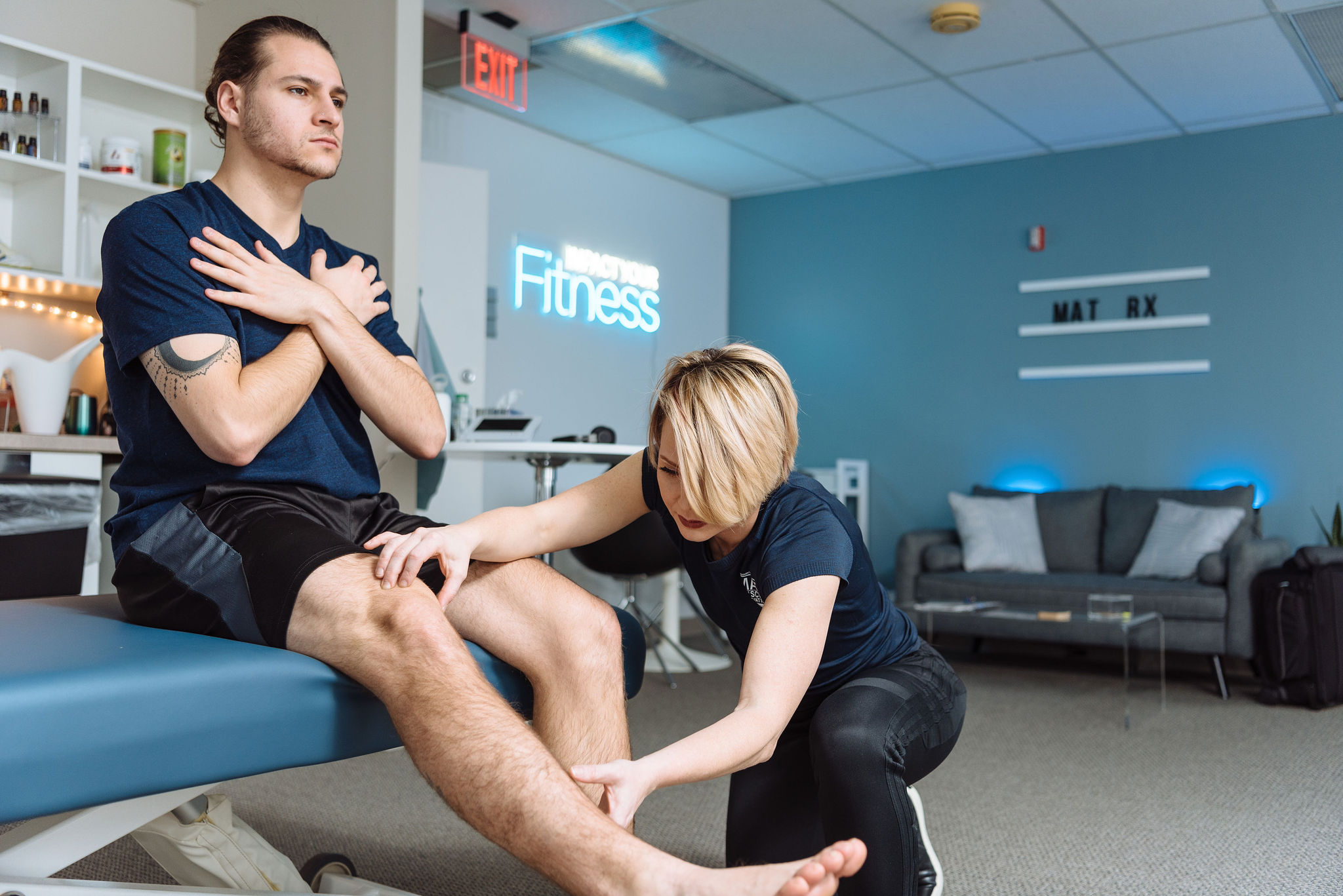If you’ve been playing around the Strength and Conditioning world for any bit in the last ten years, you’ll know mobility is a hot topic.
You may be familiar with the sensation in the morning of tightness telling you it’s time to stretch.
You know the one…. The sensation that the Youtube barbel bro complained about for 3 minutes before he started his massage gun pitch. I’ve been challenging the entire notion that stretching and rolling out our muscles for the sake of an uncomfortable sensation is the answer to all of your mobility problems.
The concept that this Barbell Bro presents us seems harmless. However, it veers more towards useless as it doesn’t take advantage of how the muscles communicate with the brain. Smashing your legs with a foam roller and blasting your body with massage guns is essentially giving your power of thought over to tools that are overused and overrated. What if it’s just normalizing the nervous system feedback and not teaching your body how to move better?
On the other hand, babying our joints when they don’t move well can easily create different problems. Such as being underexposed and weak, making them even more vulnerable to injuries!
I support the idea that our body can be primed to move well.
As the internet tells it, mobility is just a way to waste your time tricking your body into new positions before you play golf, lift, run or burpee yourself to death.
We at Impact Your Fitness like to remove our clients from being narrowly focused on pain and tightness to evolving into accepting their body needs, movement, and muscles communicating optimally.
This is a tactical approach devoid of massage guns, passive stretching, and foam rollers.
Over and over again, we’ve found that you don’t need to submit yourself to pain to feel better.
It’s possible to find underworking muscles and help them rather than just smashing tight ones. It’s a much more sustainable and effective solution to ‘fixing’ or improving your mobility.
This first part of this equation is educational. Think about it like this, when someone on the internet is telling you how your body should move without assessment protocols, it keeps you from discovering how well your body can move and how effective it feels. In my experience, most of my clients prefer taking the route that feels nicer with their unique body’s design and needs…rather than forcing something they saw on the internet.
I wish more people knew that when there are sensations of tightness, you have been alerted by your nervous system that something may not be ready for movement. Don’t kill the messenger; simply assess what you have and move into those positions actively and with TLC.
Secondarily, understand that what we do in our physical space requires a specialist’s observation, an objective eye, and a data collector. The good news is putting it all into a virtual practice called Movement Pathways. Being able to tune in to your body and improve it with exercise promotes autonomy, which is a vote for our success that not many other self-improvement areas can offer.
I want to help you maximize this.
Get on the newsletter list to learn more about the course, Movement Pathways. You will receive tips on fine-tuning your workouts for more results, motivation to keep playing the long game, and ways to stay empowered in a world of misinformation.
You can join the fun and learn more about this thought process by listening to this podcast episode:
Click here to explore other Podcast episodes on the Think Fit. Be Fit. Podcast Network.



